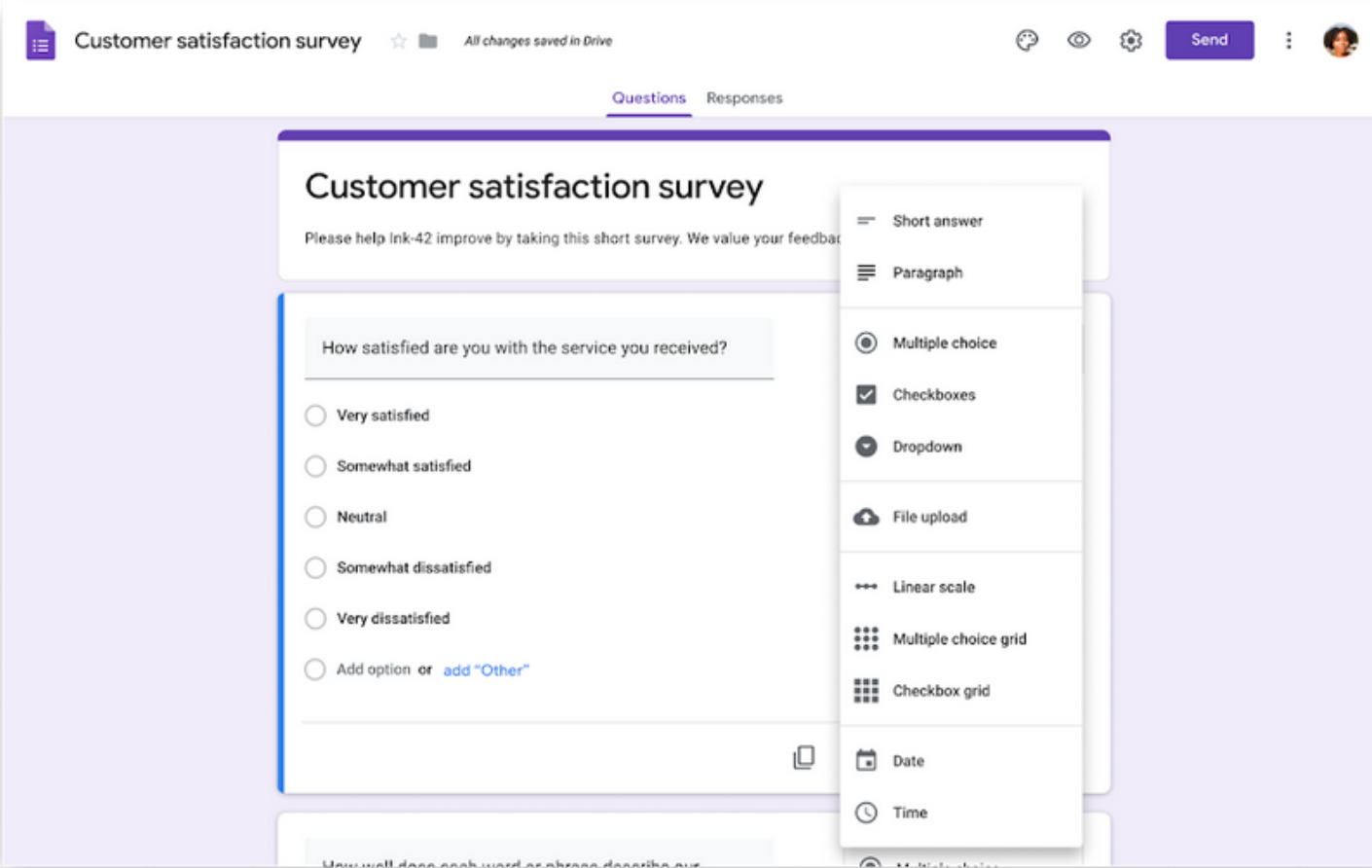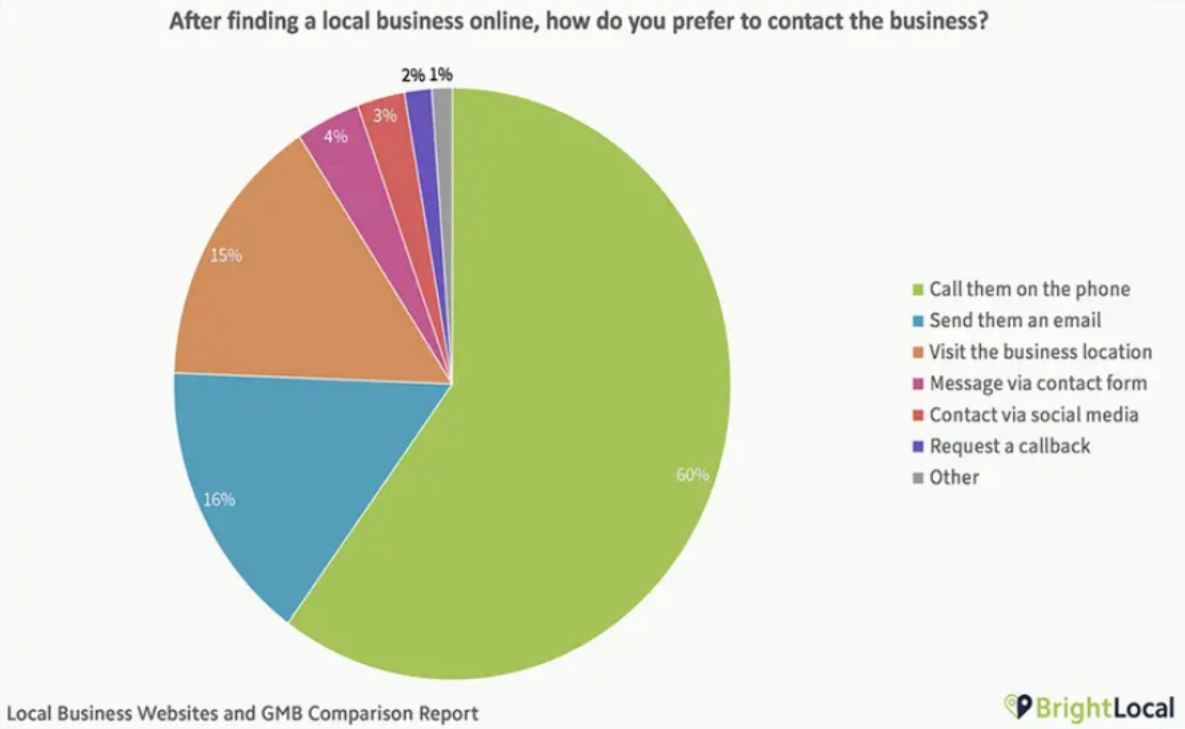How to Improve Your Clients’ Digital Experience with Your Business
by Jon Lober | NOC Technology
Make life more convenient for your clients by upgrading your point-of-service tech.

Convenience is king.
In today’s business world, companies that make their customer’s life easier are going to reap greater profits. No longer icing on the cake, convenience is the cake itself.
Customers now expect convenience and tend to give their business to those companies that make life just a little bit easier for them. Data bears this out. Customer-centric companies are 60% more profitable than those that aren’t.
From webforms to POS (point-of-service) systems, you need to keep the customer experience at the top of your mind at each touchpoint. When people aren’t happy with their experience interacting with a company, they leave, and sometimes their experience might not have anything to do with your products or services.
If a customer finds it hard to navigate your website and can’t find an easy way to get their questions answered, they may move on to greener pastures – even if they discover that they are not actually greener once they arrive. At the end of the day, your competition does not actually need to have a superior product or service to be a serious player in your industry—they just have to make life easier for their clients.
Just think about it. We’ve all gone searching through the aisles of a store for something, but when we can’t find it—or someone to help us—we drive on to the next store. To modernize our analogy, we don’t even go to those stores anymore to look in the first place; we just order it on Amazon. Why?
Because its more convenient.
Good POS tech is key to converting website visitors into clients. It’s also key for keeping customers happy and returning to buy again.
Where should you focus? Below are several options for all business budgets.
1. Cloud Forms
Are you still emailing PDF or Microsoft Word forms your customers? There’s any easier, simpler way.
Cloud-based forms can facilitate a much smoother experience. Your customer doesn’t need to save a document, scan, print, mail or even email anything. Instead, they simply follow a link and fill out the online form from any device.
This makes life easier for you too. The submitted data comes in by itself and can be set up to automatically populate your database however you prefer. The average cloud form tool can also organize your data and provide nearly instantaneous analytics. No more manual data entry or processing!
If you use Microsoft 365 or Google Workspace, then you already have a cloud form tool ready to go. Look for Microsoft Forms or Google Forms in your available applications.
Screenshots taken from Google Forms.


2. Digital Signatures
Digital signatures equal more contracts signed.
People don’t have to print out a form, sign it, scan it back in, and email it. Any of one those activities could hit an obstacle—preventing or delaying a signed document. Printers run out of ink. People have trouble with a scanner they rarely use. The list goes on. Any such problem can delay a customer, leading them to reconsider whether or not they really do want to sign that document.
If you have purchased a house, signed a lease, or worked through legal paperwork in the past few years, you know how much time you can save with digital signatures. Experts expect the use of eSignatures to grow by 69% by 2024. Using digital signatures streamlines the process. You can handle the entire transaction online while ensuring you have a legally binding signature.
3. Smart Chatbot
Although you may think that the jury is still out on this one, many customers actually like a good chatbot. About 68% of consumers are happy using helpful chatbots. They say they like that they get a fast answer from a bot. This isn’t always the case when customers send an email.
When someone makes a buying decision, they often have a question or two before they pull the trigger. If they can’t find a quick and easy way to get an answer, they may go elsewhere.
Chatbots have come a long way since their early years, and can be really smart now. If you program them right, they can answer a large percentage of repeat questions. Best of all, they’re ready and waiting 24/7 on your website, ready to help in a moment of need.
4. SMS Notifications
Many people’s personal emails have become flooded with junk mail. Now when someone needs to know about a shipment or purchase, they often prefer it by text. That way they don’t miss the message.
Implement SMS text notifications for important customer alerts—making sure you have an opt-in / opt-out method. It’s also best practice to let the customer choose which alerts they want to receive, such as payment notifications, sales, or shipping details.
5. Business Mobile App
When people are on a mobile device, they prefer apps over websites. Studies show that mobile users spend 90% of their time using apps, and just 10% using an internet browser.
Think about implementing a mobile app for your business—especially if your business model has a lot of repeat interactions with customers. By combining the most common touchpoints and customer tasks into an app, you can make it easier for customers to do business with you while giving you even greater marketing and service capabilities, such as push notifications.
If you’re on a tight budget, you can always start with a “wrapper” app, which takes your existing website and transforms it into an app.
6. VoIP Phone System
You might think of your phone system as an internal piece of IT. But it’s also one of your most vital customer-facing technologies. For those customers that prefer to call, it is your storefront—and a good experience for them starts with your phone system. As it turns out, that’s still a lot of small business customers. A recent survey found that well more than half of customers prefer to reach out to a small business via phone.
Image from Small Business Trends.

VoIP phone systems give staff the flexibility to help customers from anywhere—even when away from their desks. Advanced call-forwarding options in VoIP systems can also automatically transfer callers to a coworker when you aren’t available to make sure that they speak to a human being the first time they call. They also enable things like group ring, auto-attendant, and voicemail to email. All these features make for better caller interaction with your business.
Where to Start?
Which of these tech upgrades could improve your bottom line the most? That depends on your business.
Looking through the six options above, which ones do you feel like your specific customers would benefit from the most? If you receive a lot of phone calls – a VoIP upgrade could be a good start. If you’re a form-heavy business, consider moving that task to the cloud. If customers regularly need a variety of services from you—it could be worth your time to develop an app.
Each of these solutions offer convenience to you and your customers, but we encourage you to take the time to prioritize your customer’s perspective before making a final decision. Which one or two of these solutions would not just be a tech makeover for your company, but could genuinely make life easier for your customer?
If you have faithful, thoughtful customers that you can ask—ask them! If you can’t gather that data through surveys or interviews, then try to approach your company through the eyes of a client and see if you can find a point with too much friction—then work to grease that wheel with one of the solutions above.




